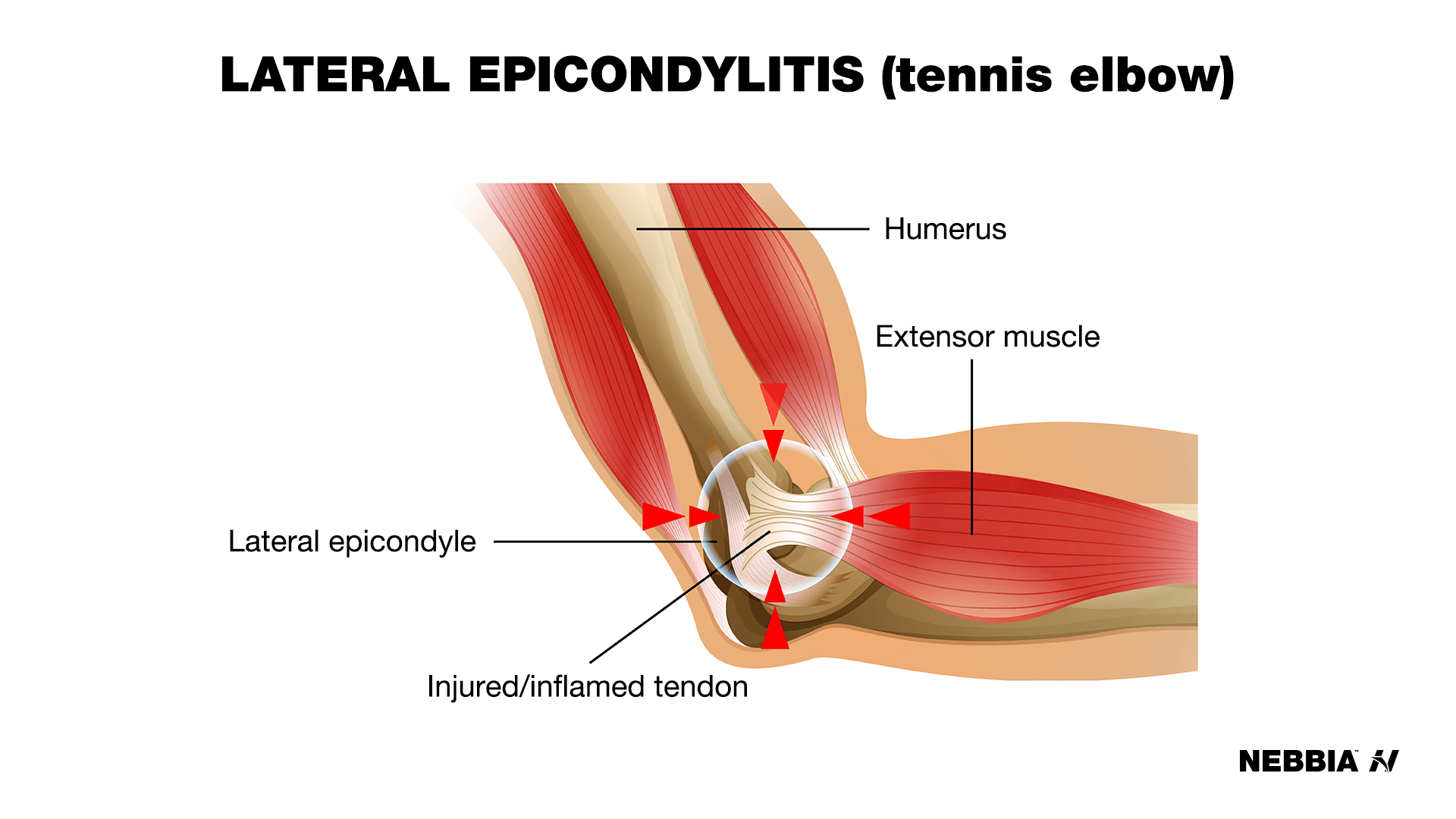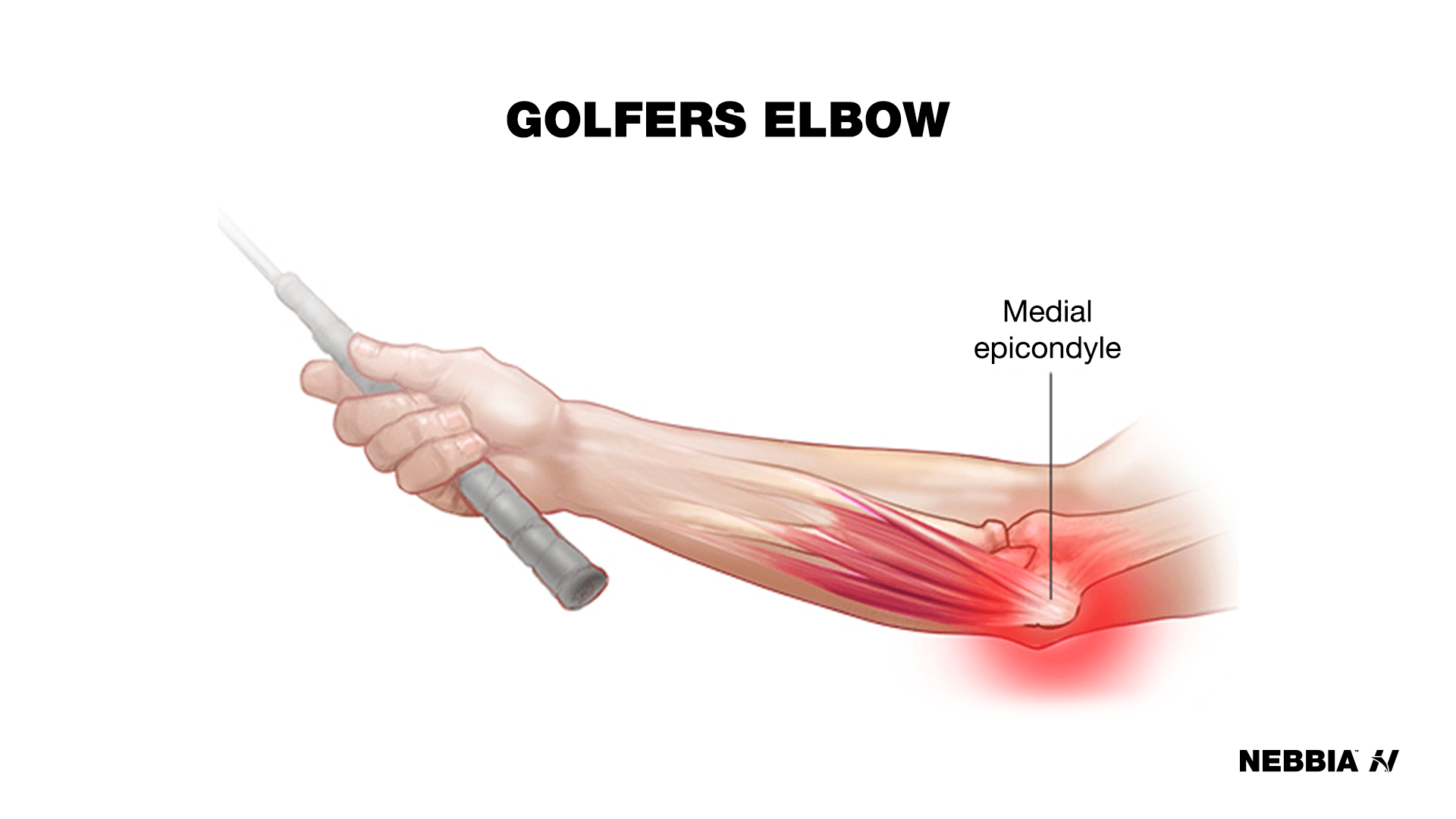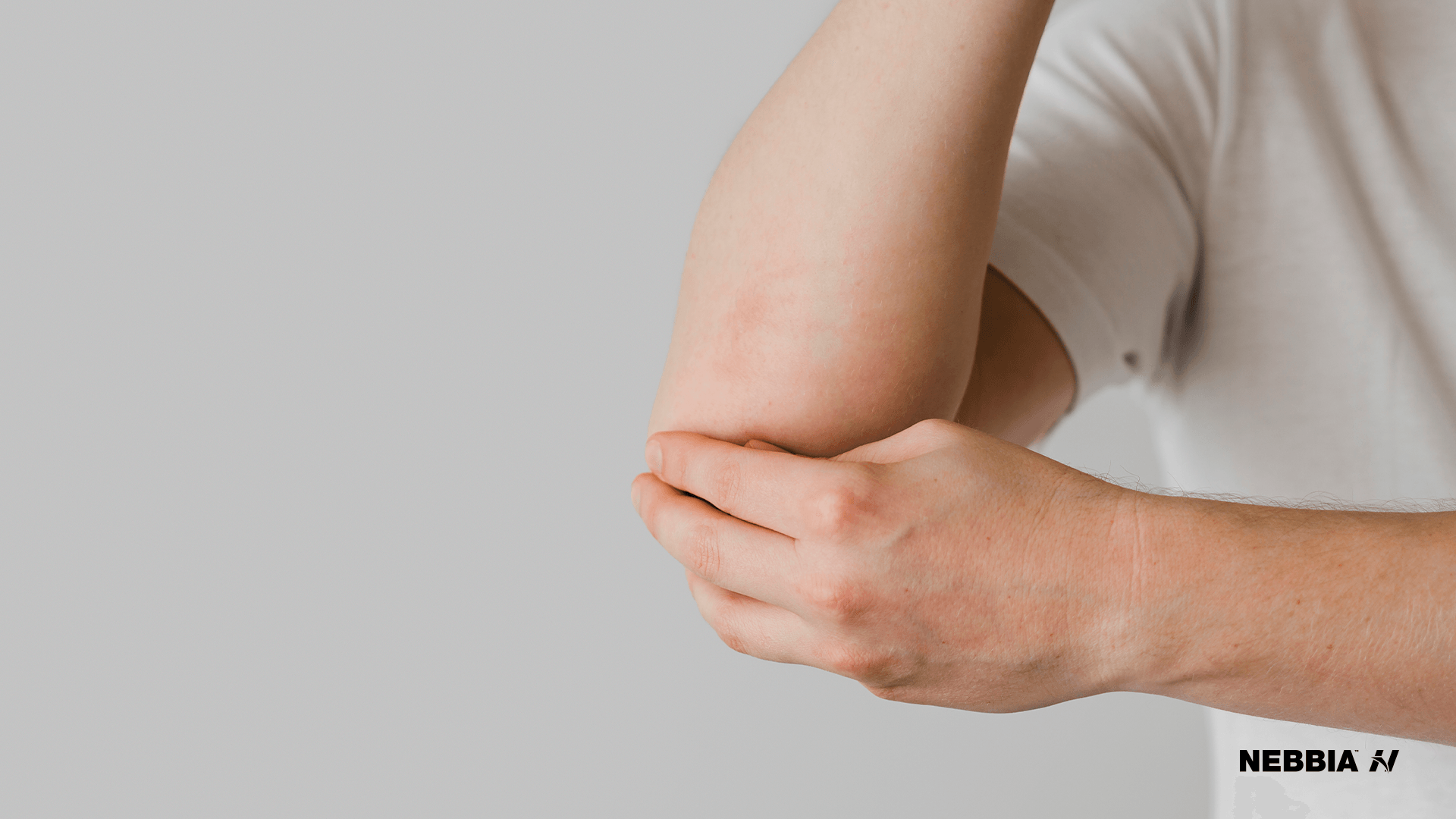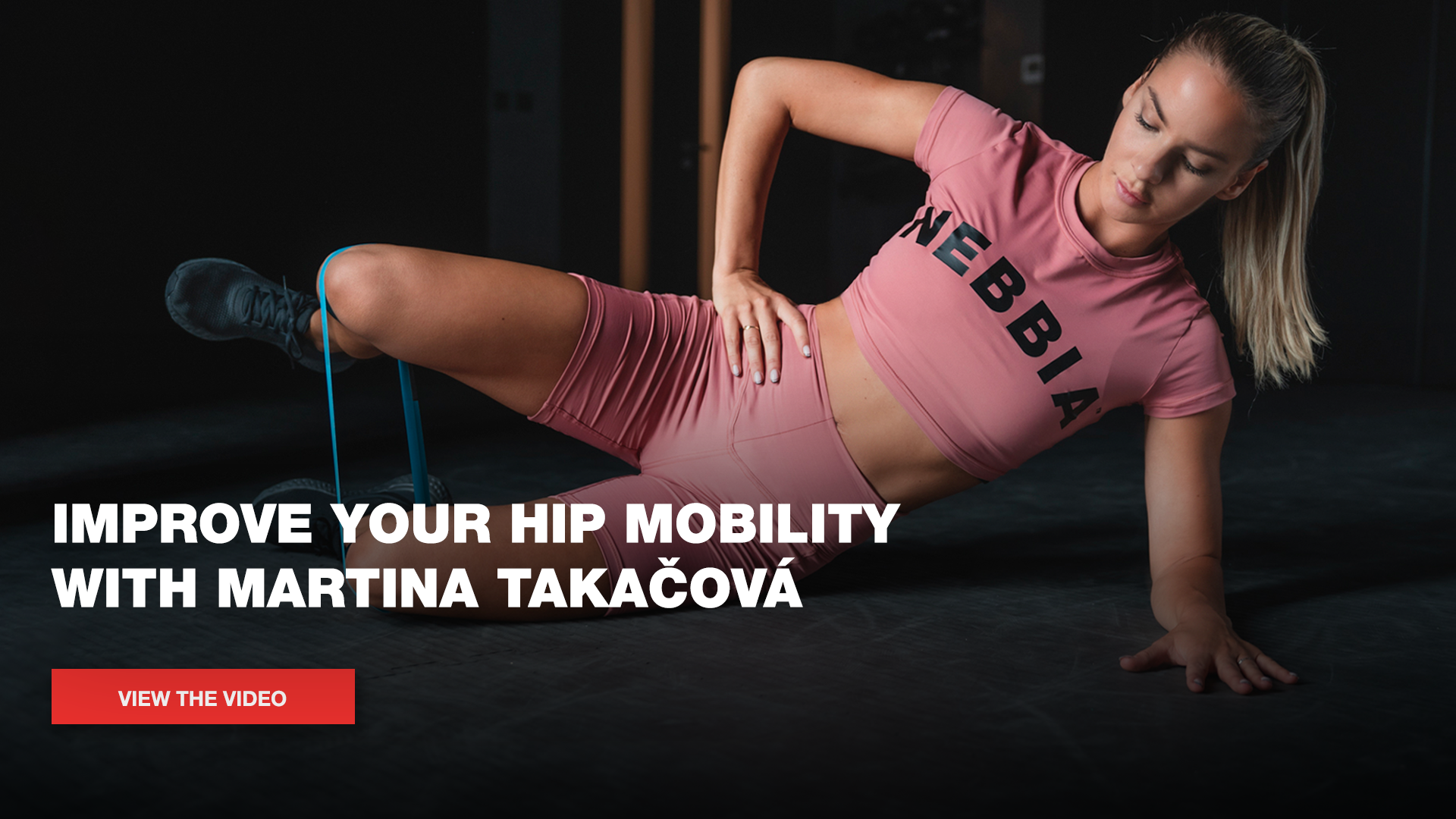You have
never played tennis nor golf, but you still have sharp pain in your elbow?
These conditions affect ordinary people more often than professional athletes.
These are two separate conditions with almost identical symptoms and treatments.
If you suspect to have one of these problems, this article will help you
identify it.
What is tennis elbow?
Tennis
elbow or lateral epicondylitis affects adults aged between30 and 50 years. This
condition is caused by straining of the wrist flexors which leads to inflammation
of the external part of your elbow and forearm. If you suffer from tennis
elbow, the most affected muscle groups will be the ones that you use when
bending your wrist upwards.
The name is
a bit misleading since tennis is the cause only in 5 % percent of the cases.
You can have this condition by doing any sort of repetitive movement of your
wrist like painting or using tools like carpenters or butchers do. If you’re a musician
or a programmer, you can get it too.
- At-home test:
Bend your injured arm in the elbow and keep it in front of yourself with your
palm facing upward. With your middle finger push upward, use the other hand as
counter-pressure. If you feel pain, you probably have tennis elbow. If you
don’t, you have an issue with your cervical spine.

What are the symptoms of
the tennis elbow?
Extend your
arm in front of yourself with your palm facing down. You have tennis elbow if you
feel pain in the upper or outer part of your elbow. You can feel constant pain
or only during specific movements like when you twist the door handle or
perhaps you won’t be able to do any push-ups.
Consult
your doctor if:
- you
can’t raise your arm, - you
have a lump on your elbow, - sharp
pain prevents you from doing everyday activities, - the
area around your elbow is swollen or red.
What is golfer’s elbow?
The golfer’s
elbow or medial epicondylitis is the opposite of tennis elbow. It’s caused by
an overuse of flexor on your wrist. You can get it by doing repetitive
activities that require bending or twisting your wrist. This condition affects
muscles that get activated when you bend your wrist towards your palm.
Like tennis
elbow, golfer’s elbow isn’t caused by playing too much golf. It can be caused
by any repetitive activity during which you bend your wrist:
- shovel
work, - painting,
- weightlifting,
- assembly
line work, - computer
work.

What are the symptoms of golfer’s
elbow?
Excessive
use of wrist flexors that cause
pain in the inner part of your forearm when
you lift your arm or forearm, pain during a twisting motion of your forearm or
when you clench your hand.
The area can be swollen or tender to touch.
Other symptoms include stiff elbow, weak grip, or wrist.
How to treat these
conditions?
The
treatment in both cases is very similar.
The first step is rest, avoid the
activity that caused the pain.
The next step is immobilization. Use
bandages or athletic tape to restrict the motion.
You can
start with stretching exercises from the beginning. They can significantly
lower the tension in your elbow. You can do the stretching exercises multiple
times a day for 20 to 30 seconds at a time.
- If you suffer from the tennis elbow, extend the affected arm with your palm facing
downward. With the other hand pull on your fingers towards yourself. You should
feel a stretch alongside the external part of your forearm. - If you suffer from the golfer’s elbow, extend the affected arm with your palm facing
upward. With the other hand pull on the fingers down and toward yourself. You
should feel a stretch alongside your inner forearm.
- Tip
from us:
Check out video from Tomáš Pošvanc. They offer specific video guides on how to stretch tennis and
golfer’s elbow.

Approximately
after two weeks, once the pain subsides, you can add some strength exercises.
They are crucial when treating
either of these conditions and you shouldn’t underestimate their importance.
Keep your strength trainings regular about two times a week, three sets of 10
to 15 reps.
- Exercises for the tennis elbow: sit at the table. Lay your affected arm on the
table. The palm is facing the ground. Your wrist is leaning on the edge of the
table, you can move your hand freely up and down. The other arm is relaxed by
your side. With the affected hand grab a dumbbell (try 5 kg dumbbell). Slowly
lower the dumbbell to create a 90° angle and feel how the stretch in the
external part of your forearm. To move the dumbbell back up, help yourself with
the other hand. - Exercises for the golfer’s elbow: sit at the table. Lay your affected arm on the
table. Your palm is facing upwards. Your wrist is at the edge of the table, you
can move your hand freely up and down. The other arm is relaxed by your side.
With the affected hand grab a dumbbell (try 5 kg dumbbell). Slowly lower the dumbbell
to create a 90° angle and feel how the stretch in the inner part of your
forearm. To move the dumbbell back up, help yourself with the other hand.
At-home
massages as treatment.
It’s a painful but an effective solution. The tendons in this area are stiff,
it’s important to massage them to heal them.
- A massage technique for tennis elbow: Extend the problematic arm in front of
yourself. With your thumb on the healthy hand search for the most painful spot.
Apply pressure with your thumb to the sore area and grab firmly your whole
elbow. Move the problematic arm in the wrist up and down and rotate your
forearm in the elbow. - A massage technique for golfer’s elbow: The golf elbow pain comes from bicep or triceps
tendons. By applying pressure to the soft tissue, we learn where the pain comes
from. If you feel pain right below your bicep, apply pressure to the area with
your thumb and preform a bicep lift without any weight. If you feel the pain in
the triceps find its ligament on the back side of your elbow and apply pressure
with your thumb there. Once more preform a bicep lift without any weight.

How can a physiotherapist
help you?
If you
cannot get rid of the pain on your own, pay a visit to your doctor or an
experienced physiotherapist. Other effective treatments for both tennis and
golf elbow:
- Extracorporeal
shock wave therapy - Laser
therapy - Hot
therapy wraps - Steroid
injections - Nonsteroidal
anti-inflammatory drugs
How long is the treatment
process?
This type
of injury takes a long time to heal. Between 12 to 24 months. Be patient and
don’t overstrain your elbow right after you feel some release. If the regular
treatment doesn’t help you and after two year of therapy your elbow is still
not fully functional, you can opt for surgery. The success of surgery is debatable,
and you shouldn’t rely on the magical hands of a surgeon.






































